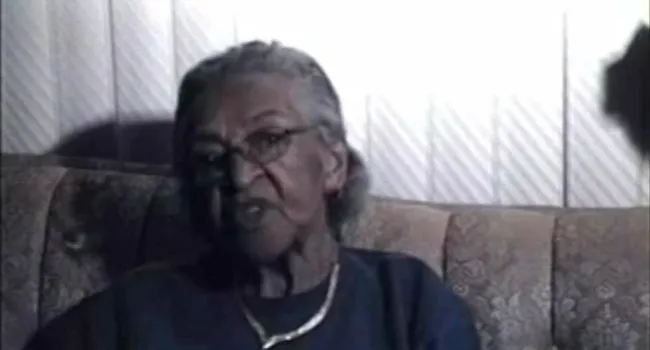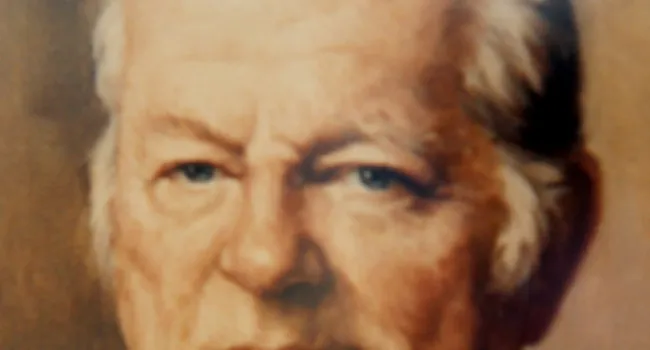
Picket Department Stores | Road Trip
Video
Joseph McDomick, Jr., civil rights activist in Beaufort county, talks about picketing department stores like Edwards, Roses and Piggly Wiggly to protest the stores' refusal to hire black clerks.








